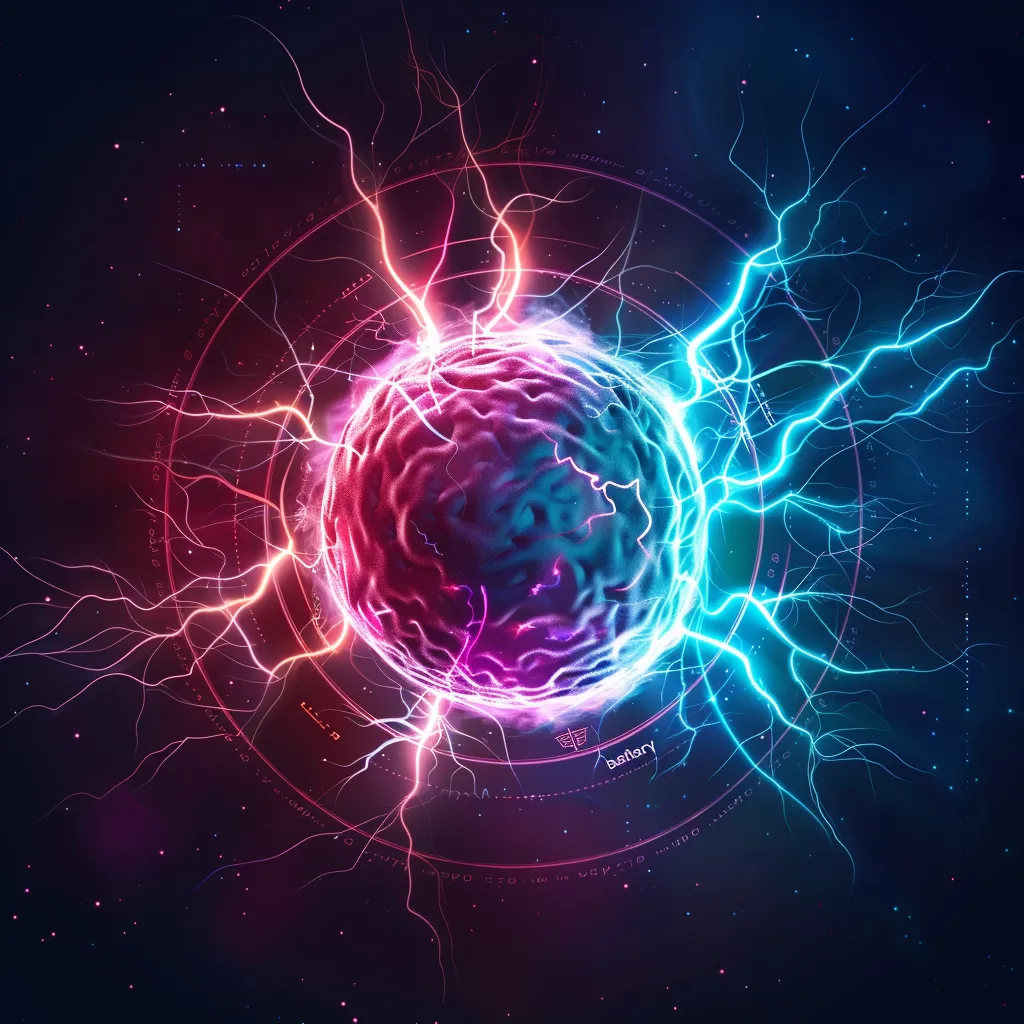
Is Low Voltage Keeping You Sick?
Cellular voltage is at the heart of what I call your bioenergetic terrain, the internal environment that determines how well your body heals, detoxes, and functions. Understanding this key concept helps us make sense of why hydration, minerals, frequency medicine, and mitochondrial health are not just “nice to have,” but foundational for true healing.
Let’s break it down...
⚡ What Is Cellular Voltage?
Cellular voltage is the electrical potential difference (aka charge) across a cell’s membrane.
In simple terms, it’s like your cell’s battery life. The stronger the charge, the better your cells can:
Absorb nutrients
Release waste
Generate energy
Send messages
Repair and regenerate
💡 Healthy cells = strong, stable voltage
⚠️ Weak or stressed cells = low, unstable charge
When your voltage is low, you may experience symptoms like fatigue, brain fog, chronic inflammation, or poor immune resilience—because your cells are literally running out of energy.
🤔 Where Does This Voltage Come From?
Voltage isn’t created by one single source—it’s a symphony of processes and ingredients:
1. Ion Gradients Across the Membrane
Cells use energy (ATP) to pump sodium (Na⁺) out and potassium (K⁺) in.
This creates a natural polarity—more positive on the outside, more negative inside—which holds and maintains charge.
2. Mitochondria
Known as your energy powerhouses, mitochondria generate ATP but also help regulate electron flow through the inner membranes, maintaining an internal voltage critical for energy production and repair.
3. Minerals + Electrolytes
Minerals like magnesium, sodium, potassium, and calcium are not just nutritional—they're electric. They create the charge that helps voltage move between and within cells.
4. Hydration + Structured Water
Inside the cell, water must be structured and mineral-rich to act as a conductor. This “gel-like” structured water holds negative charge and acts as a battery, storing and transmitting energy.
5. Your Body’s Energy Field
Your fascia, meridians, and connective tissue form a communication grid that transmits bioelectric signals (and frequency-based therapies!) across the body. This field is what allows frequencies to work so deeply and so fast.
🌀 How Does Voltage Move Through the Body?
Voltage moves through several intelligent pathways:
Nerve signals: Action potentials are voltage bursts that deliver messages.
Gap junctions: In tissues like the heart or gut, cells share ions directly.
Fascia + connective tissue: This “living matrix” transmits piezoelectricity (mechanical pressure becomes electrical signals).
Water + minerals: Voltage travels fastest through well-hydrated, mineralized tissue.
Meridians: Ancient Eastern medicine meets modern bioelectric science—low-resistance highways for energy.
🔋 Why Is Cellular Voltage So Important?
Because without it… your cells can’t function.
Healthy membrane potential = -70 to -90 millivolts
At -15 mV, cells become weak and inflamed
At near 0 mV, cells can turn cancerous or die
You don’t just want to “feel better”—you want to restore the electrical charge your cells need to function.
That’s the real beginning of regeneration.
🌟 How to Restore + Protect Your Cellular Voltage
Here are simple ways to begin recharging your cells today:
✅ Hydrate with electrolytes (not just water)
✅ Eat fresh, living foods (especially those rich in structured water)
✅ Ground yourself daily (walk barefoot, hug a tree—yes, really)
✅ Get sunlight (your mitochondria love photons!)
✅ Use frequency tools + bioresonance
✅ Breathe deeply to oxygenate and increase voltage
✅ Move your body—motion activates the fascia grid
💚 Final Thoughts
When you address cellular charge, you're not just treating symptoms—you’re transforming terrain. This is the foundation of lasting health.
If your cells are struggling, let’s change the conversation at the energetic level. Your body is ready to heal—sometimes it just needs to recharge.
